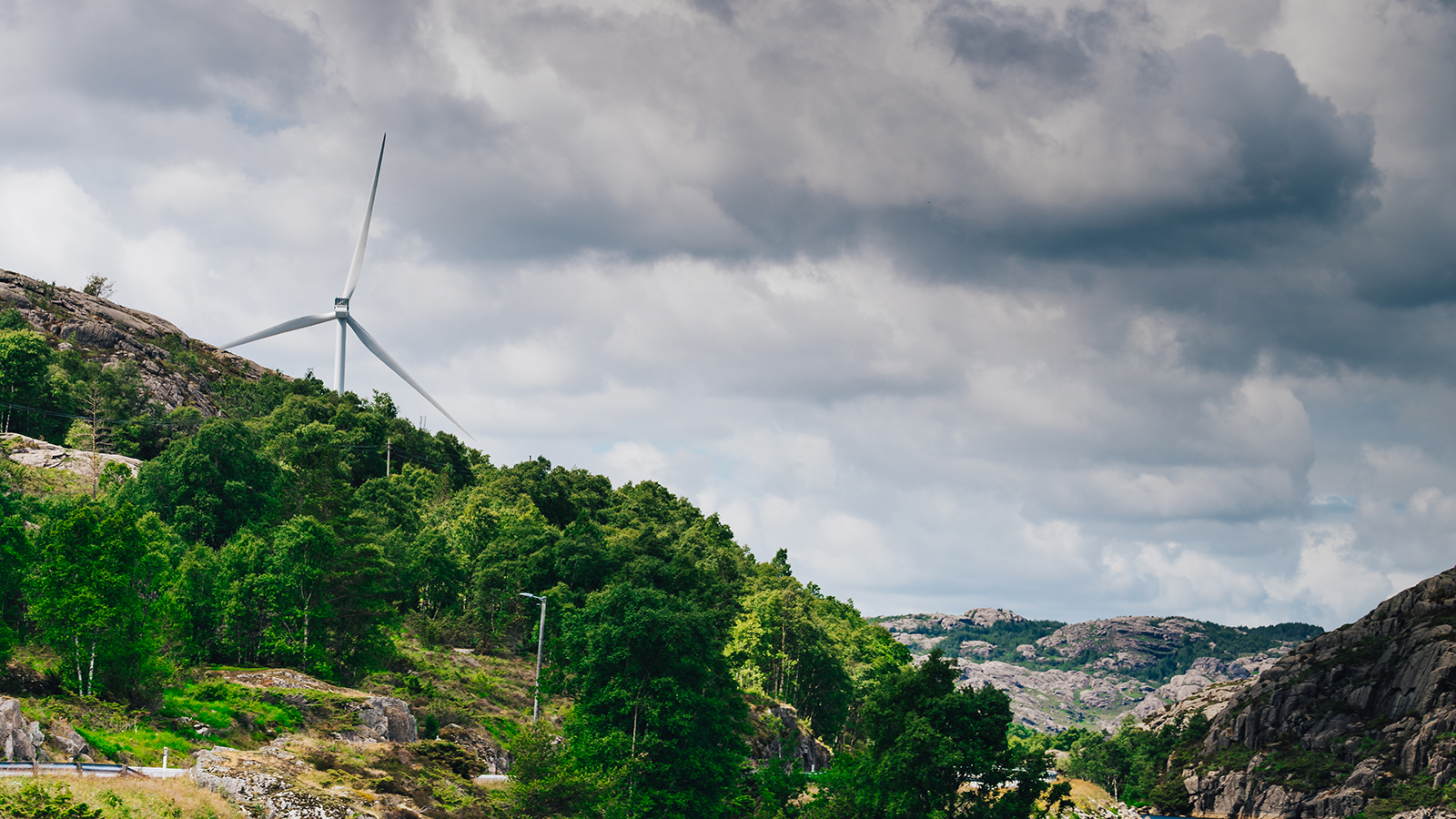WINDLAND
Over time, international and national climate policies will most likely make it profitable to increase the production of wind power in Norway. Although wind energy is a part of the solution to combat climate change, it creates new local environmental challenges. Wind farms and power lines have been found to negatively impact people in their surroundings. They affect landscape aesthetics, produce noise pollution and cause loss of wildlife and biodiversity both during their construction and operation.
There is a risk of massive public resistance and conflicts associated with an unprecedented increase in the number of wind farms. However, distributional and institutional factors can significantly influence the support for wind farms.
Using an interdisciplinary approach (economics, natural science, technology and law), we analyze the following policies aimed to decrease the conflict of interest and thereby facilitate the public support for wind farms:
- A holistic plan for the geographical distribution of wind farms where not only the cost of energy production is taken into account, but also the impact on the local environment and local communities.
- Schemes for compensating the environmental degradation caused by wind farms and new grid constructions.
- Application of the polluter pay principle in pricing the use of land.
- Legal protection of the environment.
A prerequisite for the efficiency of the four policies above is knowledge on how increased wind energy production actually affects the environment, and the public opinion of these impacts. We will value the welfare loss caused by wind power production, and the associated power lines, and build a framework for transferring these values to decision making contexts while explicitly taking into account trade-offs between different types of environmental, social and economic values.
Start: 2017 – End: 2020
